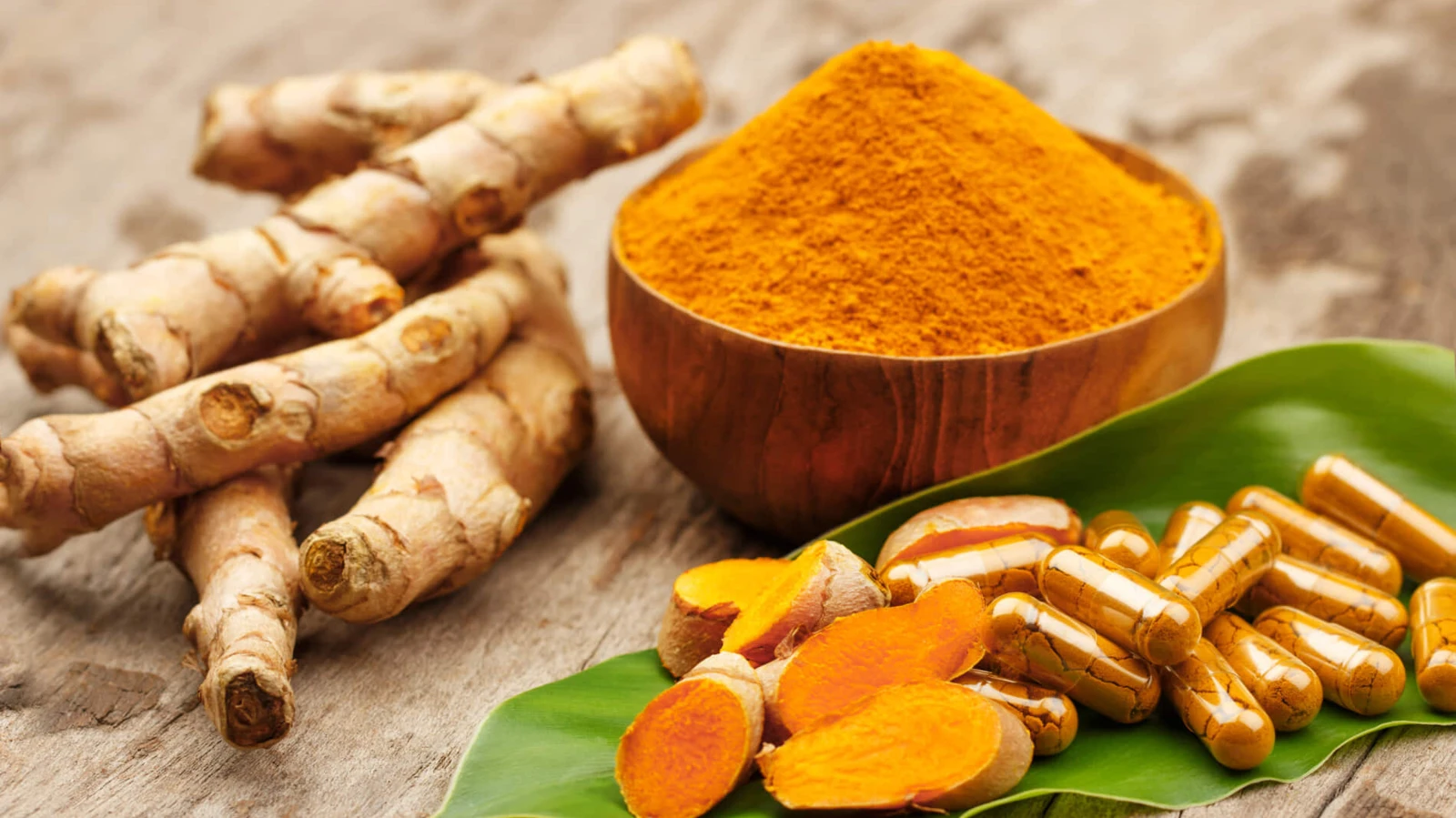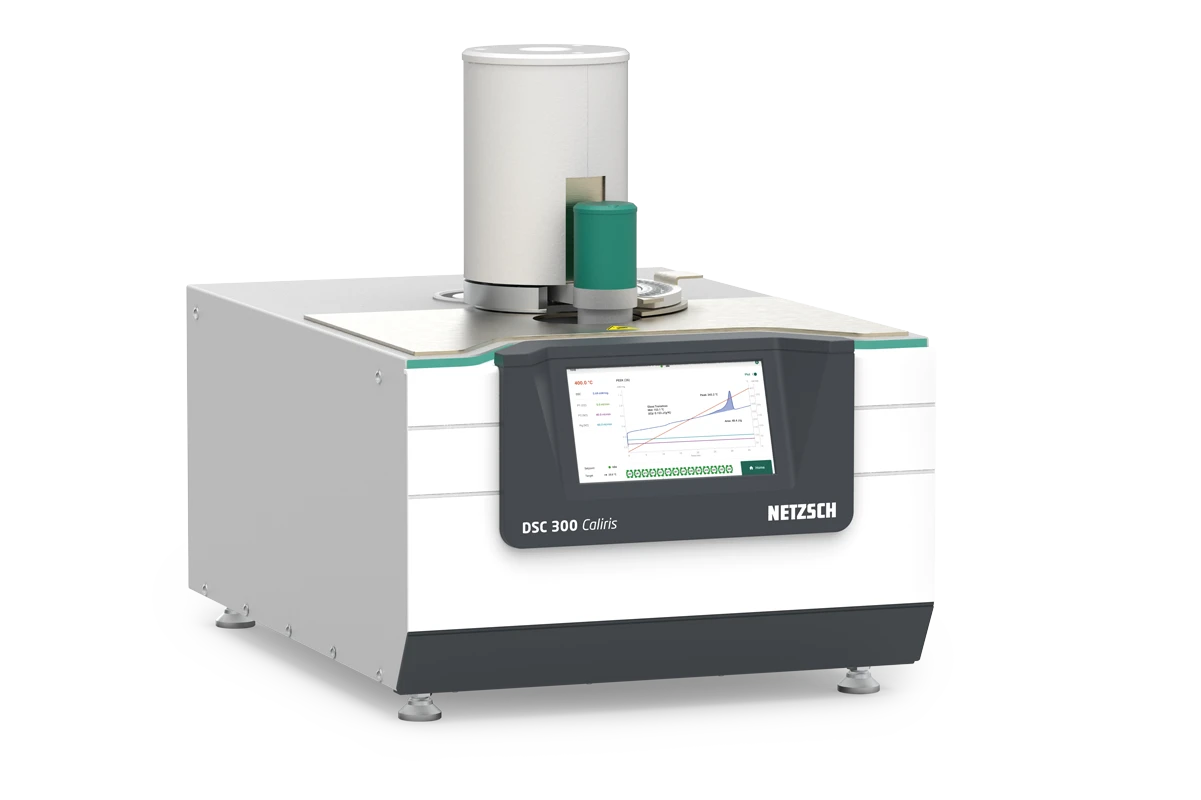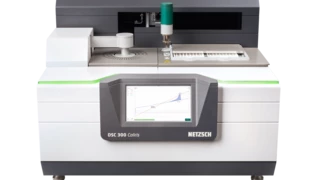
28.07.2023 by Aileen Sammler
Can Spices Inhibit Colorectal Cancer? – About Curcuma and its Properties
Curcuma – also known as turmeric - is a spice extracted from the rhizome of a plant in the ginger family and used as the food additive E 100. Curcumin, on the other hand, is the spice substance found in turmeric: A natural pigment and responsible for turmeric's yellow color. Curcumin is known for its health-promoting properties and is often used as a dietary supplement and has been the subject of several medical studies. It has anti-inflammatory, antioxidant and possibly even anti-cancer properties:
Colon cancer is one of the most common cancers worldwide. Researchers at the Ludwig-Maximilians-Universität (LMU) Munich have now identified a signaling pathway through which the spice curcumin can inhibit the metastasis of colon cancer cells. “In more than half of all cases, an important protective mechanism of the cell is switched off by mutations... The team headed by Heiko Hermeking, Professor of Experimental and Molecular Pathology at LMU, has now been able to show in cell cultures and in the mouse model that curcumin, as a component of the spice turmeric, can bridge this switched-off protective mechanism.“
Source: Darmkrebs: Kurkuma kann Metastasierung hemmen (vogel.de)
"According to the authors, the results of the study could yield interesting starting points for new therapeutic options that should be pursued in further studies," the official report states.
Influences on the Quality of Curcumin
Storage of turmeric powder can have decisive influence on its quality. For example, heat and moisture can promote clumping of the powder as well as growth of microorganisms (mildew).
Differential scanning calorimetry contributes to quality assurance here! Learn, what effects unfavorable storage conditions can have on turmeric with the help of the new NETZSCH DSC Caliris® Classic:
The commercial turmeric powder, measured here, has a Glass Transition TemperatureThe glass transition is one of the most important properties of amorphous and semi-crystalline materials, e.g., inorganic glasses, amorphous metals, polymers, pharmaceuticals and food ingredients, etc., and describes the temperature region where the mechanical properties of the materials change from hard and brittle to more soft, deformable or rubbery.glass transition temperature (green curve) of
-2.1 °C (midpoint), reflecting its amorphous nature. Knowledge of the Glass Transition TemperatureThe glass transition is one of the most important properties of amorphous and semi-crystalline materials, e.g., inorganic glasses, amorphous metals, polymers, pharmaceuticals and food ingredients, etc., and describes the temperature region where the mechanical properties of the materials change from hard and brittle to more soft, deformable or rubbery.glass transition temperature (Tg) of a powder is an important quality characteristic.
Above the Glass Transition TemperatureThe glass transition is one of the most important properties of amorphous and semi-crystalline materials, e.g., inorganic glasses, amorphous metals, polymers, pharmaceuticals and food ingredients, etc., and describes the temperature region where the mechanical properties of the materials change from hard and brittle to more soft, deformable or rubbery.glass transition temperature, the spice powder may become soft and sticky and the particles may cake together. According to Roos and Karel*, this sticky point is directly related to the Glass Transition TemperatureThe glass transition is one of the most important properties of amorphous and semi-crystalline materials, e.g., inorganic glasses, amorphous metals, polymers, pharmaceuticals and food ingredients, etc., and describes the temperature region where the mechanical properties of the materials change from hard and brittle to more soft, deformable or rubbery.glass transition temperature. In most cases, there is a constant temperature difference, e.g. about 20 K for dairy powders. In order to avoid clumping, it is advisable to remain below this temperature during storage and processing (e.g., drying and grinding) of the spice powder.
*Roos, Y. and Karel, M. 1991a, 1991b, 1993

In addition, amorphous materials tend to absorb moisture from the environment, which can affect the position of the Glass Transition TemperatureThe glass transition is one of the most important properties of amorphous and semi-crystalline materials, e.g., inorganic glasses, amorphous metals, polymers, pharmaceuticals and food ingredients, etc., and describes the temperature region where the mechanical properties of the materials change from hard and brittle to more soft, deformable or rubbery.glass transition temperature. Water acts as a plasticizer and shifts the Glass Transition TemperatureThe glass transition is one of the most important properties of amorphous and semi-crystalline materials, e.g., inorganic glasses, amorphous metals, polymers, pharmaceuticals and food ingredients, etc., and describes the temperature region where the mechanical properties of the materials change from hard and brittle to more soft, deformable or rubbery.glass transition temperature to lower values. In the current example, the glass transition moves to -39°C (blue curve) after 20 minutes of storage at 100% humidity. On the other hand, the glass transition can be detected at 83°C (violet curve). This is after the spice has been dried in a drying chamber.
Learn more:
How NETZSCH thermal analysis instruments facilitate research, development and quality control in the pharmaceutical and food industries: Pharma - NETZSCH Analyzing & Testing


